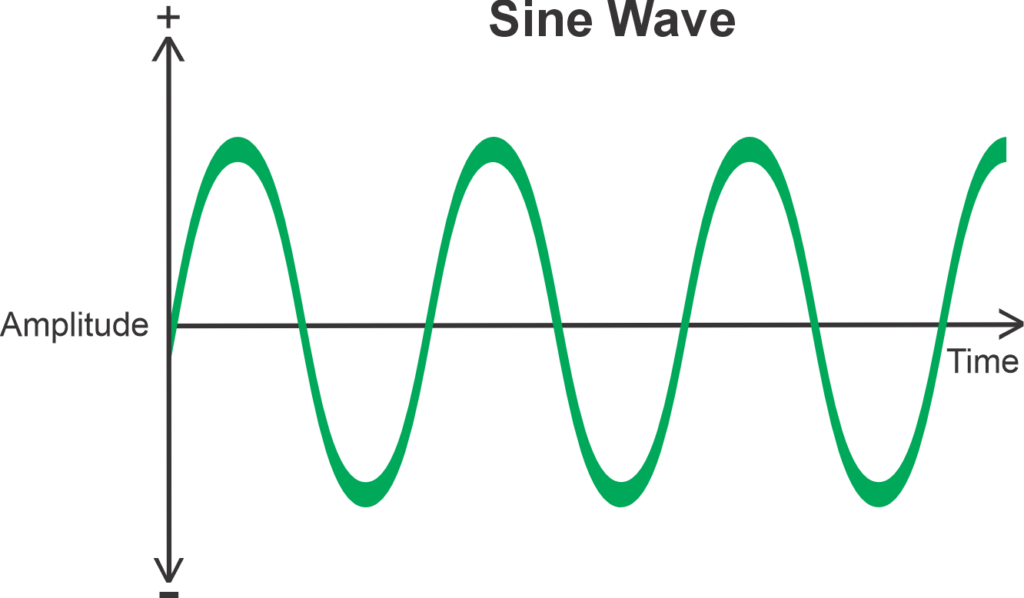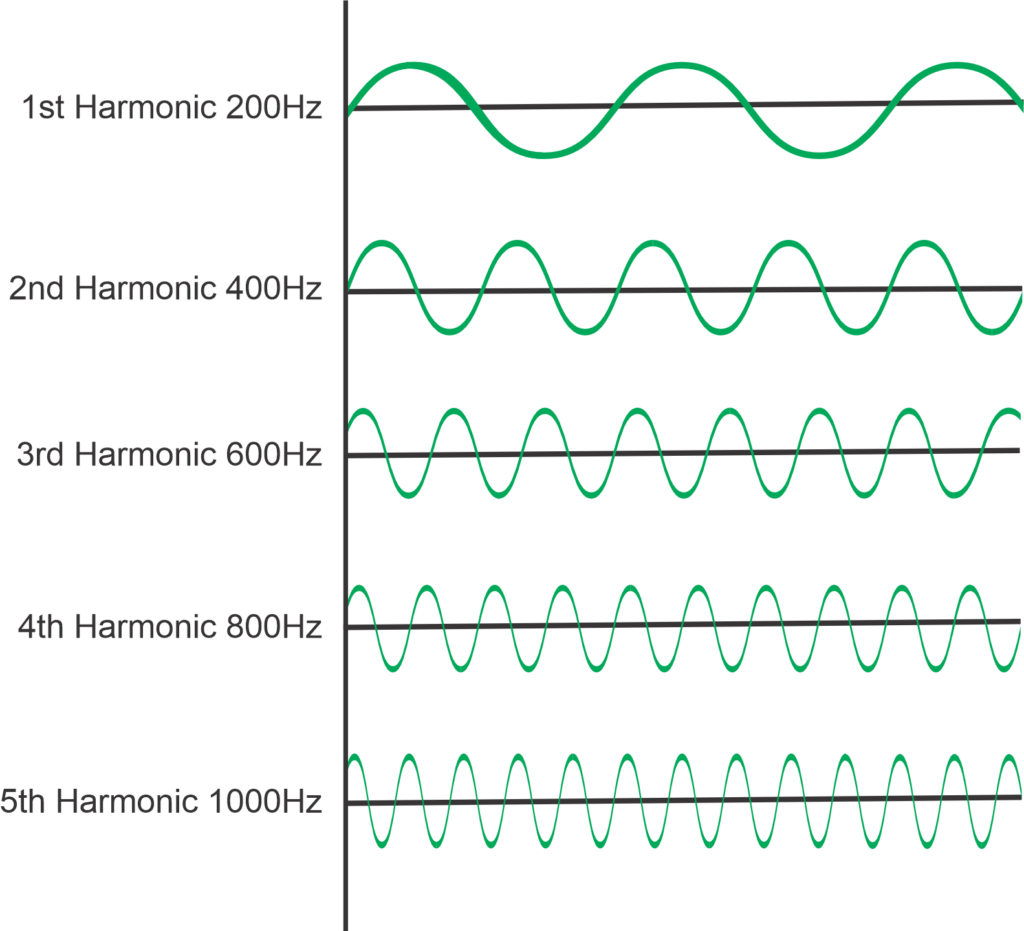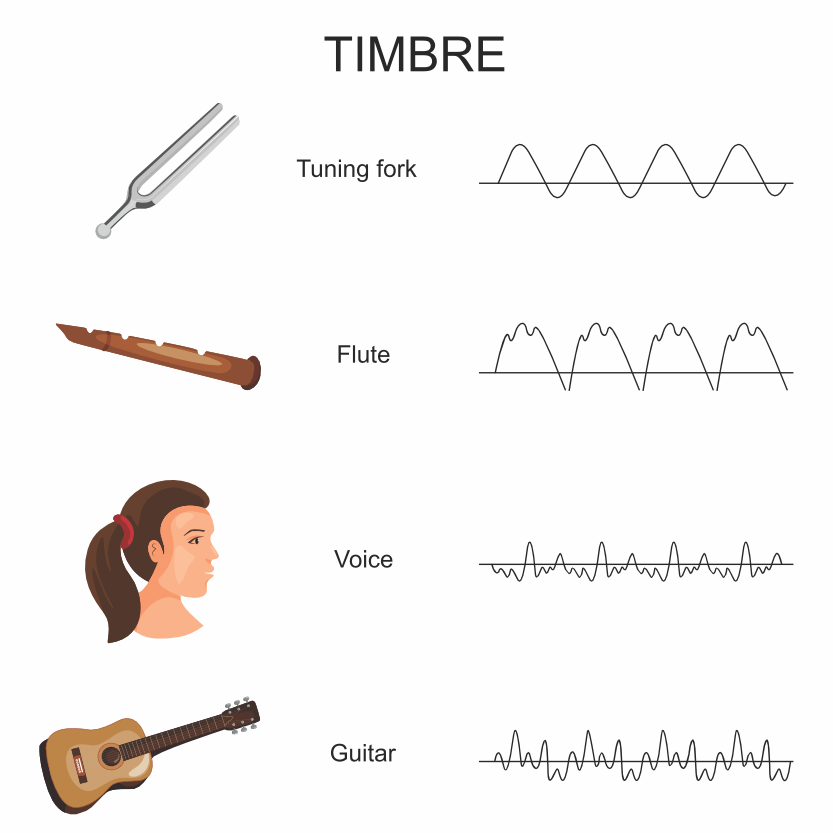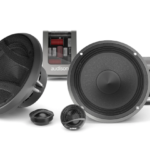Hi-Res Update
Fundamentally Harmonious
Over the next few months, we will get a little more serious about the science behind Hi-Res audio. Do not panic, ley-folk, as we will be putting in the hard work and attempting to report our findings in an easily digestible form.
We need to begin at the beginning. Sound is a complex science in itself. Each noise you hear (whether musical or not) begins with a fundamental. This is the start point for everything we hear.
If you were to whistle a single note in as pure a way as possible into a microphone connected to an oscilloscope, The result would look like the image above. This is effectively a plot of amplitude (in volts) against time (in seconds). All sounds start with a fundamental frequency.
Harmonics
The reason musical instruments sound different from each other is because, as well as a fundamental frequency, each instrument produces a unique collection of harmonics on top of the fundamental frequency. These combine and change the shape of the plot, effectively adding texture and shape to the fundamental frequency to add a unique sound or timbre.
Extracting the best Hi-Res sound
The final punch we will throw you in this item relates directly back to our main topic Hi-Res listening. It is well known that the maximum bandwidth of frequencies a human can hear is 20Hz – 20kHz. The Japan Audio Society (JAS) have the most widely used definition of Hi-Res sound. One of the major confusions that exists comes from the fact that the JAS definition requires Hi-Res equipment to reproduce frequencies from 10Hz – 40kHz.
Why is this? Well, here is where my own technical knowledge may be less than precise, but as some very clever beings have explained to me, Adding harmonic frequencies beyond the human hearing band will still have an effect on the composite waveform within it. In practice, this means that the presence of these higher and lower frequencies will affect the timbre of an instrument.
It is said that acoustic instruments are particularly enhanced when harmonic frequencies beyond the human hearing range are reproduced. I am sure this is probably the case for all sound that is captured via a microphone, from whatever source.
So What!
Listening from a Hi-Res source through a Hi-Res processor and Amplifier is joyful. I have heard many cars with such equipment, and the clarity and precision of reproduction bring me great joy. However, to complete the picture and improve the experience, what if I had a speaker system that reproduced frequencies beyond the human ear’s capability?
We will return with an answer to this question very soon!
*All diagrams are illustrative only!









